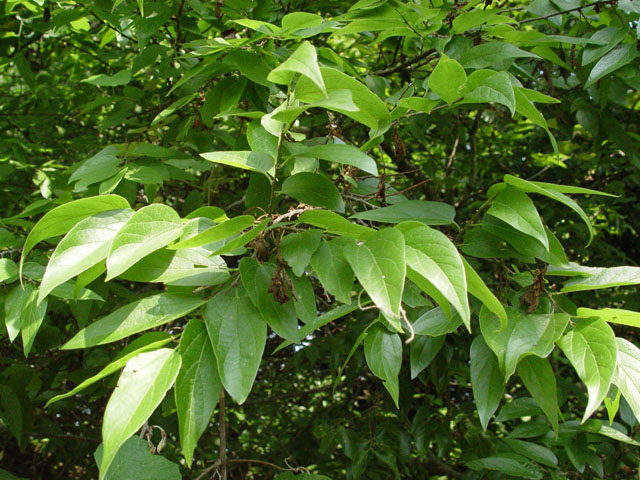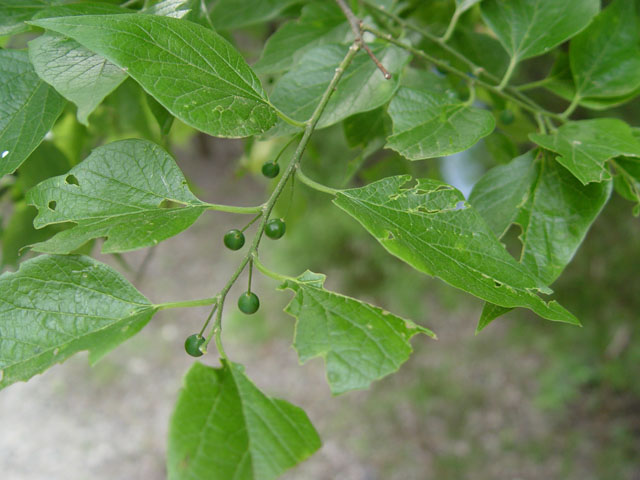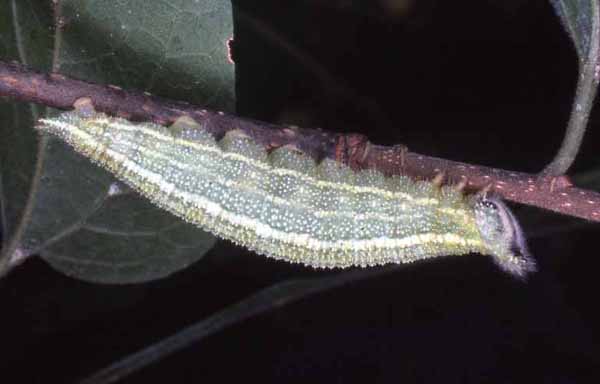Celtis laevigata
Carl Ludwig Willdenow

Celtis laevigata laevigata, Hackberry, courtesy of Melody Lytle

"Sugar Hackberry grows across the eastern two thirds of Texas, the only hackberry that occurs in all ten vegetational areas of the state. It will grow on almost any type of soil as long as it has fair drainage. The bark is generally smooth and devoid of the wart-like projections on trunks of common hackberry, C. occidentalis. It is frequently found in mixed to pure stands in abandoned fields where it is a colonizer. It is a tough durable tree - fast-growing, drought tolerant and an important food source for birds."
This deciduous, medium to large sized tree (height to sixty feet; width to sixty-five feet) likes full sun and is hardy to USDA Hardiness Zone: 5.
"Sugarberry is native to the southeastern part of the United States, ranging south from southeastern Virginia to southern Florida; west to central Texas and including northeastern Mexico; north to western Oklahoma and southern Kansas; and east to Missouri, extreme southern Illinois, and Indiana. It occurs locally in Maryland." http://www.fs.fed.us/database/feis/plants/tree/cellae/distribution_and_occurrence.html
The tree requires little water, can withstand very high temperatures and wil grow on just about any soil.

The following butterflies utilize Celtis laevigata as a larval host.
Nymphalidae:
Asterocampa celtis
Asterocampa clyton
Libytheana bachmanii
Libytheana carinenta
Nymphalis antiopa
Polygonia interrogationis

Asterocampa clyton larva, courtesy of Leroy Simon.
Automeris io
Use your browser "Back" button to return to the previous page.
This page is presented by Bill Oehlke.
This site is presented as an extension of the
World's Largest Saturniidae Site, a private worldwide silkmoth site,
Caterpillars Too!,
a private North American butterfly site featuring images of
caterpillars,
Sphingidae of the Americas,
a free public access site about the Sphingidae (Hawkmoths) of the Americas.
and
North American Catocala,
a free publc access site about the Catocala (underwing moths) of North America.
Tree information is from Aggie Horticulture
Larval hostplant lists have been compiled from
the
Natural History Museum's
HOSTS - a database of the world's Lepidopteran
hostplants